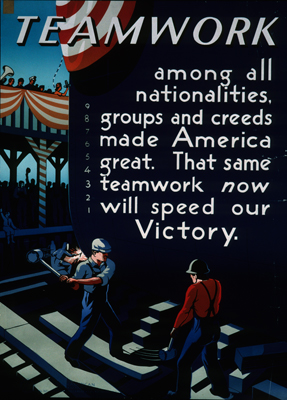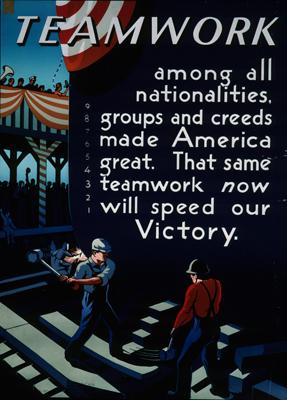
A series of recent controversies have brought to the fore the central question of how much military protocols need to be updated, on both sides of the Atlantic, to accommodate social and political agendas. They go to the heart of the age-old issue of the extent to which the armed forces need to concentrate on the single, overriding objective of winning future wars, or whether they need to try to reflect the society they are trying to defend. At the heart of it lies the question: Are the armed forces different from the rest of us?
Of course the job we ask the armed forces to undertake—to fight, kill, and possibly die in battle—is leagues away from that which society asks of any other public employees. For all the bravery and sacrifice we occasionally ask of them, even the police and fire services aren’t trained to go abroad and actively seek out enemies of the State to eliminate. So shouldn’t our armed forces be left to choose the personnel who they think will do this unique task most efficiently, and we oughtn’t to impose our (usually politically correct) assumptions and prejudices on them?
Yet the whole trend of recent controversies seems to be implying the opposite. Consider the issue over whether sexism was involved in the firing of Lt. Col. Kate Germano of the U.S. Marine Corps; over whether recruit training should be sexually segregated; over where flirting ends and sexual harassment begins; over the invitation of the transgender military couple Logan Ireland and Laila Villanueva to a White House reception; over Department of Defense Instruction 6130.03 which includes as grounds for honorable dismissal “psychosexual conditions, including but not limited to transsexualism, exhibitionism, transvestism, voyeurism, and other paraphilias"1; over the Obama Administration’s seeming ultimate desire to achieve a 50:50 sexual balance in the armed forces. Even in the British Army, which often lags far behind America on such matters, Lieutenant-General Andrew Gregory, the Deputy Chief of the Defence Staff (Personnel and Training), has recently acknowledged that men who became women might be eligible for close-combat roles.
The actual number of transgender people serving in either the UK or U.S. armed forces is very small, yet the issues they raise are not. A recent article by Andrew Tilghman on the veterans’ website NavyTimes asks how the Pentagon will answer questions such as: “When do transgender troops begin adhering to a new dress code and grooming standards? How will their fitness standards change? How will billeting rules apply?"2[2]We’ve come a long way from the days when during the Second World War the chief of the Army Staff, General George C. Marshall, asked the American people to dig deep into their pockets and make substantial financial sacrifices in order to fund vast, world-class armed forces that would first save democracy in the world and then make the world safe for it afterwards. Soon, taxpayers’ dollars are going to be spent, if U.S. Secretary of Defense Ash Carter’s statement of July 13, 20153 is fully acted upon in all its implications, on hormone replacement therapy and gender reassignment surgery for would-be transgenderists, all paid for out of the military healthcare system. (Mr. Carter perhaps fortunately didn’t go into whether the taxpayer would be on the hook if the transgender individual later decides to change his/her mind afterwards, and try to return to his/her original sexual orientation.)
Of course advocates for turning the U.S. armed forces over to a gigantic social experiment on transgenderism point to the undoubted, despicable racial segregation that lasted in them until well after the Second World War, when political pressure rightly had to be brought on the top brass to extend equality to racial minorities. Here is yet another shadow that the race issue hangs over present-day controversies. For there is no genuine analogy between the demands made upon the armed forces by someone who chooses to change their sex of their own free will and people who were born black. One is a demand for new, expensive, unnecessary dispensations and privileges driven by a wholly-acquired (and largely imagined) sense of victimhood, the other was a proud demand for deserved equality.
We can be certain that if the military does bifurcate along ideological grounds between traditionalists and those who wish to accommodate the Obama Administration’s new craze, history suggests the traditionalists will lose out and the Secretary of Defense will promote the faddists over them. It must not be allowed to happen.
[1] 1Depart of Defense Instruction Number 6130.03 (April 28, 2010, Incorporating Change 1, September 13, 2011), p. 48.[2] 2Andrew Tilghman, “Transgender troops policy change raises many questions,” NavyTimes (July 19, 2015).[3] 3U.S. Department of Defense, “Statement by Secretary of Defense Ash Carter on DOD Transgender Policy” (July 13, 2015).















